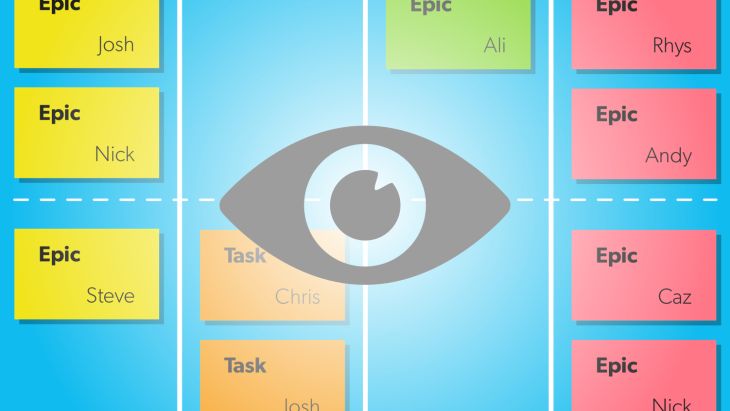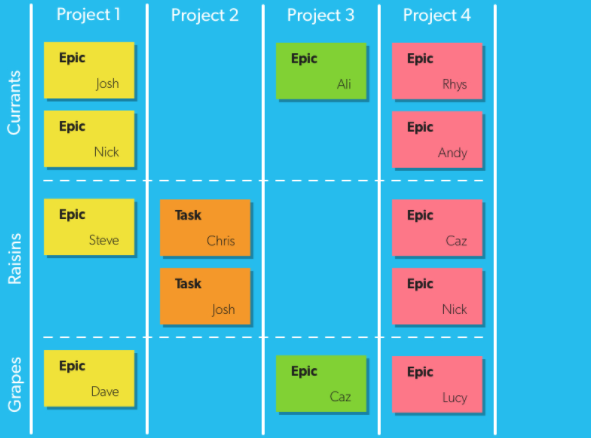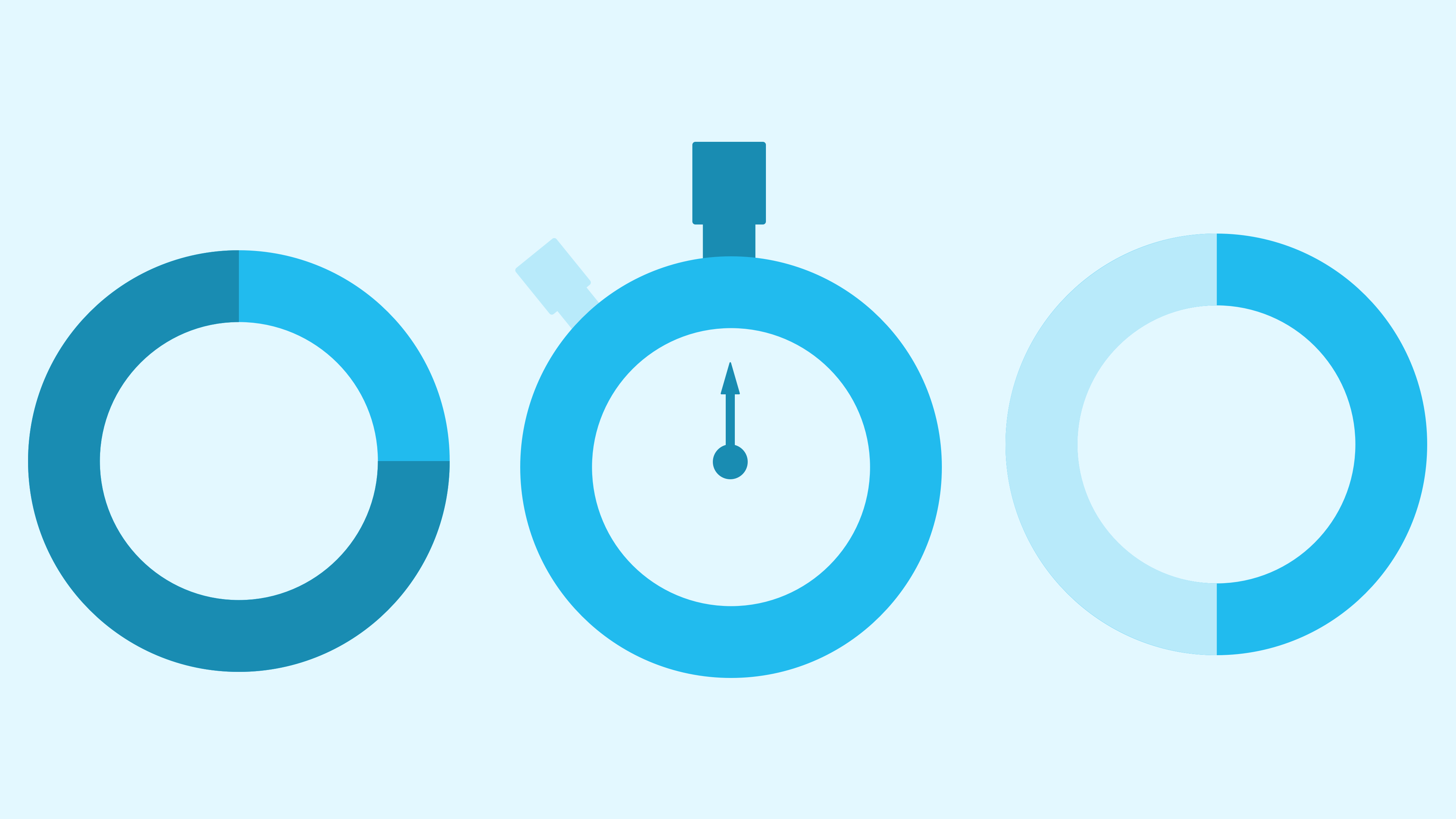Every company needs its own B.O.B

If you've been lucky enough to visit the Brightec offices recently, you'll have seen our glass board in the kitchen. You can't miss it, it's covered in lines and post-it notes. To the outsider it means nothing but to us, it's B.O.B.
Hi B.O.B!
Bob is our Brightec Overview Board. His job is to create conversations about the app development projects we are working on and give us an overview of what the whole company is working on during any given week.
He also lets us know what the rest of our team are working on and what is coming up for each project.
How B.O.B came to life
As an agency we serve some amazing clients. Each of those clients has at least one project with us, sometimes several. This means that as a team we need to be great at working across them all and serving each of them brilliantly.
We always battle to keep the number of projects we are working on as low as possible. That allows us to give each project the time, energy and thinking it needs.
Over the last few years, we've found that individuals on the team have become experts at particular projects. And although that is no bad thing, it means that cross-pollination of knowledge and skills is hard.
We often found in retrospect that people had knowledge of someone else's work that could have helped them. But without either person having a means to know what they were working on, we couldn't solve that issue.
How B.O.B works
B.O.B is a large glass board split up like the diagram below.

Rows and columns
As you can see from the image we have a column for each project. This means that all work related to a project is easily grouped and we visually enforce that by using a post-it note colour per project.
The rows indicate the immediacy of work within a project.
- Currants - those tasks that will be worked on this week.
- Raisins - work that is imminent i.e. it has a deadline that is nearing or needs working on in the following week or very soon after.
- Grapes - work that is signed off and the team will be doing it, but it isn't yet scheduled. We need to know it's coming up but it's not our focus right now.
You’ll notice there may be a private joke in our naming. But the stages of a grape turning into a currant were as obscure an analogy as any. We wanted words that didn’t have too many preconceptions to their meaning but did show progress.
Post-its
We add post-it notes to the board at any time, most often when planning a project.
Post-its can represent a few items:
- Epics - the highest level tasks we have within projects. We don't go more granular than this as that's contained within Product/Sprint backlogs.
- Meetings or events - those that heavily impact the work we will achieve that week. Our general rule is that anything over 1/2 a day should go on the board. So a sprint retrospective wouldn't go on, but a day at an industry event would.
- Internal Tasks - tasks that are only for us as a company are harder to capture as they don't fall into a project's process. We usually give the summary on the board and store any other details on a trello board.
Some might argue that we should be more granular. We've felt that we already have processes in place to track and plan in that way. What we want to put on the board is enough to give:
- An overview of what the whole company is doing that week
- Enough detail to start a conversation about our work.
The process
On Monday mornings we gather in the kitchen and use B.O.B to describe our week.
- We go through the previous week's post-it notes and remove those that are complete. If a post-it hasn't been completed it either stays or gets moved down if it won't be part of our work for that week.
- We all start to describe what we are going to be working on for the current week. This usually comes from sprint planning for each project, but may be a task created by another means.
- We add names to post-it notes so that everyone can see who is working on what.
- If someone wants to review anything we now do so. For example, if someone hasn't got enough work scheduled for them, or someone wants to input into some else's work.
- We add priorities. We add a magnet to the 3 tasks that the whole team agree are the most important for that week. That means the whole team can help facilitate them getting done.
What B.O.B helps us do
B.O.B increases our conversations. Before, we didn't have a means to converse about a project we weren't working on. We were in the dark about a project up until being asked to work on it. With B.O.B, the whole team have an understanding of different projects and a means to engage with them if needed.
B.O.B helps us support each other. Knowing what each team member is working on allows us to help each other to succeed. Often the result of conversations around B.O.B is someone offering to help on a certain task or even to do it for them.
Getting to know B.O.B
If you want to come and see B.O.B in the flesh (glass) and learn a bit more about how we plan projects as a team then do get in touch. Either on social media or via our contact page.
Looking for something else?
Search over 400 blog posts from our team
Want to hear more?
Subscribe to our monthly digest of blogs to stay in the loop and come with us on our journey to make things better!

